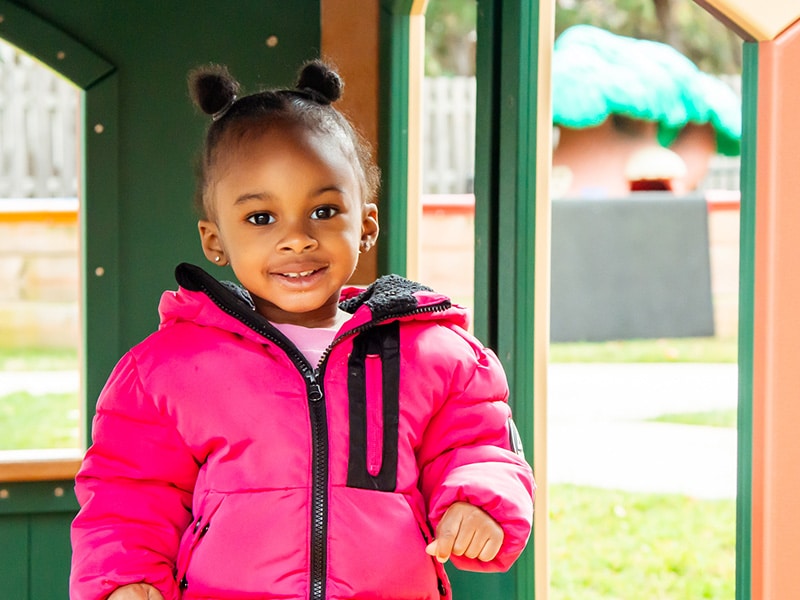Start Early is pleased to announce it has been awarded a 5-year grant by the U.S. Department of Health and Human Services’ (HHS) Administration for Children and Families Office of Head Start to provide quality early childhood programs and services to more than 2,100 children from birth through age 5 and their families in Chicago.
Start Early will use this award to bring quality early learning and care opportunities to 19 new under-resourced communities in Chicago, doubling the number of young children and families it serves. We will also improve salaries of the early childhood workforce, in each program area, and create career advancement and professional development opportunities, long-standing workforce issues highlighted by the pandemic.
The grant will expand Start Early’s Healthy Parents & Babies doula and home visiting program and work with current partners, SGA Youth Services and Family Focus. It also includes partnerships with four new agencies and organizations: Asian Human Services, El Hogar del Niño, Academy for Global Citizenship and Marillac St. Vincent Family Services.
“We are thrilled to expand our presence here in our hometown and bring new partners and perspectives to our work serving families and communities in need of quality early learning and care,” said Diana Rauner, president of Start Early.
Start Early and each of its partners bring deep community relationships, unique perspectives and strategies to strengthen the early childhood field. Families will have access to a range of program options — center-based, home-based and family child care — each providing a continuum of quality early learning care from birth through age 5 and promoting school readiness. With the addition of two public charter schools to the network, parents and children can engage in a school community for an extended period, with staff participating in professional development across grade levels to support better transitions from one year to the next.
“Working together with our partners and families, the grant offers new opportunities to create seamless experiences for our children and families during the critical early years of their education,” said Claire Dunham, senior vice president of programs and training.
Start Early, as the grantee, will work alongside each partner to provide critical program supports, in key service and system areas, including implementation guidance, training, curricula, screening and assessment tools, data systems, monitoring and research-to-practice continuous quality improvement.
Start Early will also engage leaders, staff, and parents in a robust network of shared learning, innovation, and mutual support and work to identify and advocate for changes to the local, state, and federal policies and systems that impact the families and communities we serve.
Diana McClarien, vice president of the Early/Head Start Network at Start Early will lead the grant. Diana brings over 20 years of experience in early childhood serving as a family advocate, teacher, home visitor, education coordinator, program manager and grantee director.
About Start Early
Start Early (formerly known as the Ounce of Prevention) is a nonprofit public-private partnership advancing quality early learning and care for families with children, before birth through their earliest years, to help close the opportunity gap. For nearly 40 years, Start Early has delivered best-in-class doula, home visiting, and Early Head Start and Head Start programs. Bringing expertise in program delivery, research and evaluation, professional development, and policy and advocacy, Start Early works in partnership with communities and other experts to drive systemic change so millions more children, families and educators can thrive.

